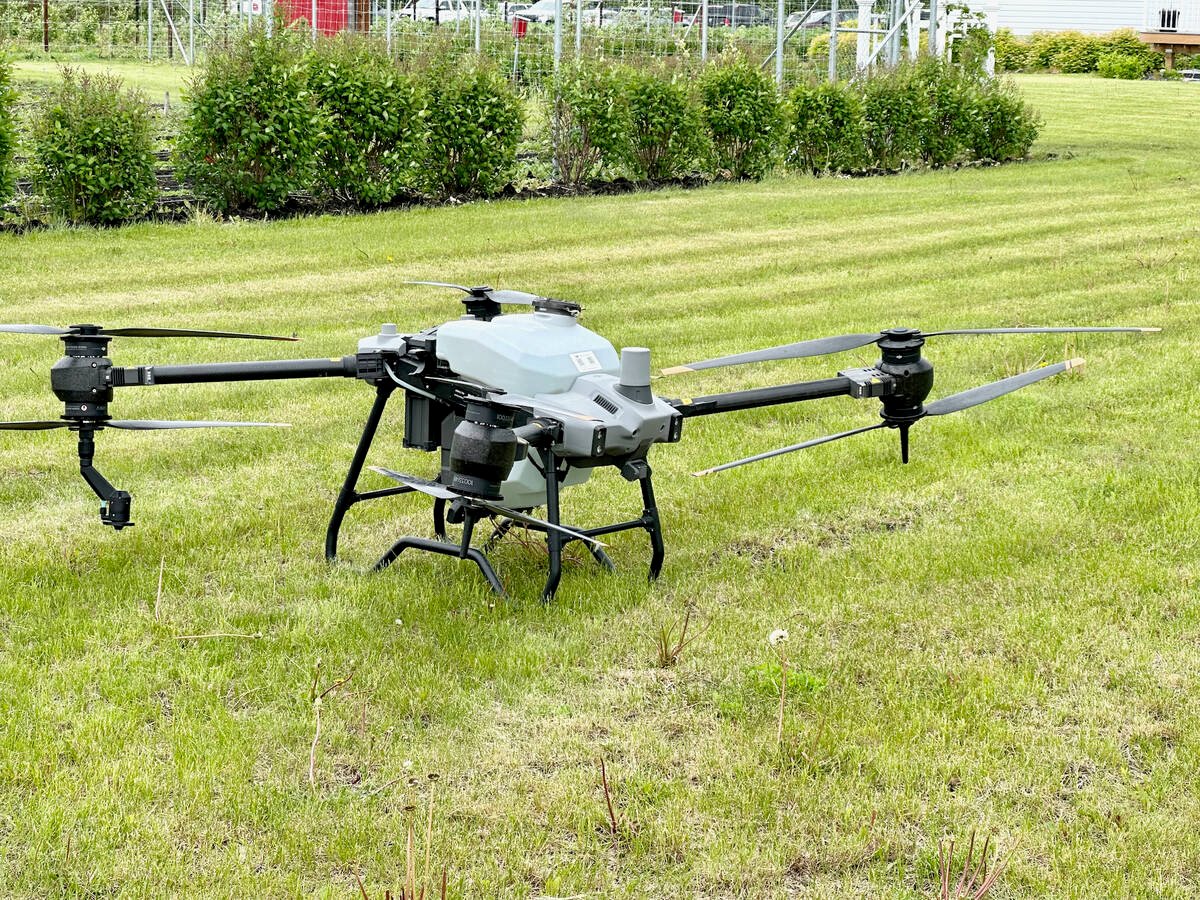Cows taken to market tend to be older, thinner and weaker than fat cattle and thus maybe at higher risk of bruising while being hauled.
As well, injury and fatigue can be worse in cold weather for cows and young heifers.
A recently announced study will explore the transport of cull cows in winter, with the goal of providing recommendations on optimal practices.
Karen Schwartzkopf-Genswein of Agriculture Canada is leading the project, which also involves researchers from the universities of Calgary and Saskatchewan and some of her Agriculture Canada colleagues.
Read Also

Canadian Food Inspection Agency red tape changes a first step: agriculture
Farm groups say they’re happy to see action on Canada’s federal regulatory red tape, but there’s still a lot of streamlining left to be done
She said trials for the study have begun, but the bulk of the research will be conducted next winter, with results available in the spring.
“We foresee that the bulk of our data will come from next winter for two reasons: one, just because of logistics … and secondly, this winter hasn’t been that cold,” she said.
Trials will be done between November 2012 and April 2013.
The first one will involve data from five loads of fat heifers taken directly to a slaughter plant.
Transport effects from distances of more than 300 kilometres and less than 300 km will be measured.
The second trial will collect data on market cows.
The Beef Cattle Research Council, which is funding the study, describes the goal as defining “whether pre-transport indicators can help to predict situations where animal welfare is most likely to be challenged by transport.”
Recommendations can then be made to avoid animal injury and stress during shipping.
“We’re very happy and proud that the industry is wanting to follow some of these animals and look at the situation,” said Schwartzkopf-Genswein.
Researchers will measure truck loading conditions, load size, animal body condition scores, temperature and humidity in the trailer, security of footing, hauling distance and numerous other factors, she said.
Animal condition scores and handling after arrival at the plant will be part of the study.
A cross-section of loads under different weather conditions will be measured.
Data will also include carcass weights, dressing percentage, bruising and grade.
Schwartzkopf-Genswein said she has heard that the greatest number of calls to the minister of agriculture involve animal transport, so it is clearly a topic of interest to the general public.
She has studied livestock transport for many years, and previous work has shown that market cattle, which are the healthiest and most robust, tend to fare well.
Less information is available on the welfare of calves, feeder cattle and cull cows, so this study is designed to address that.
As well, she said four cattle transport-related studies will soon be released with additional research on shrink, mortality, lameness and space allowance.















